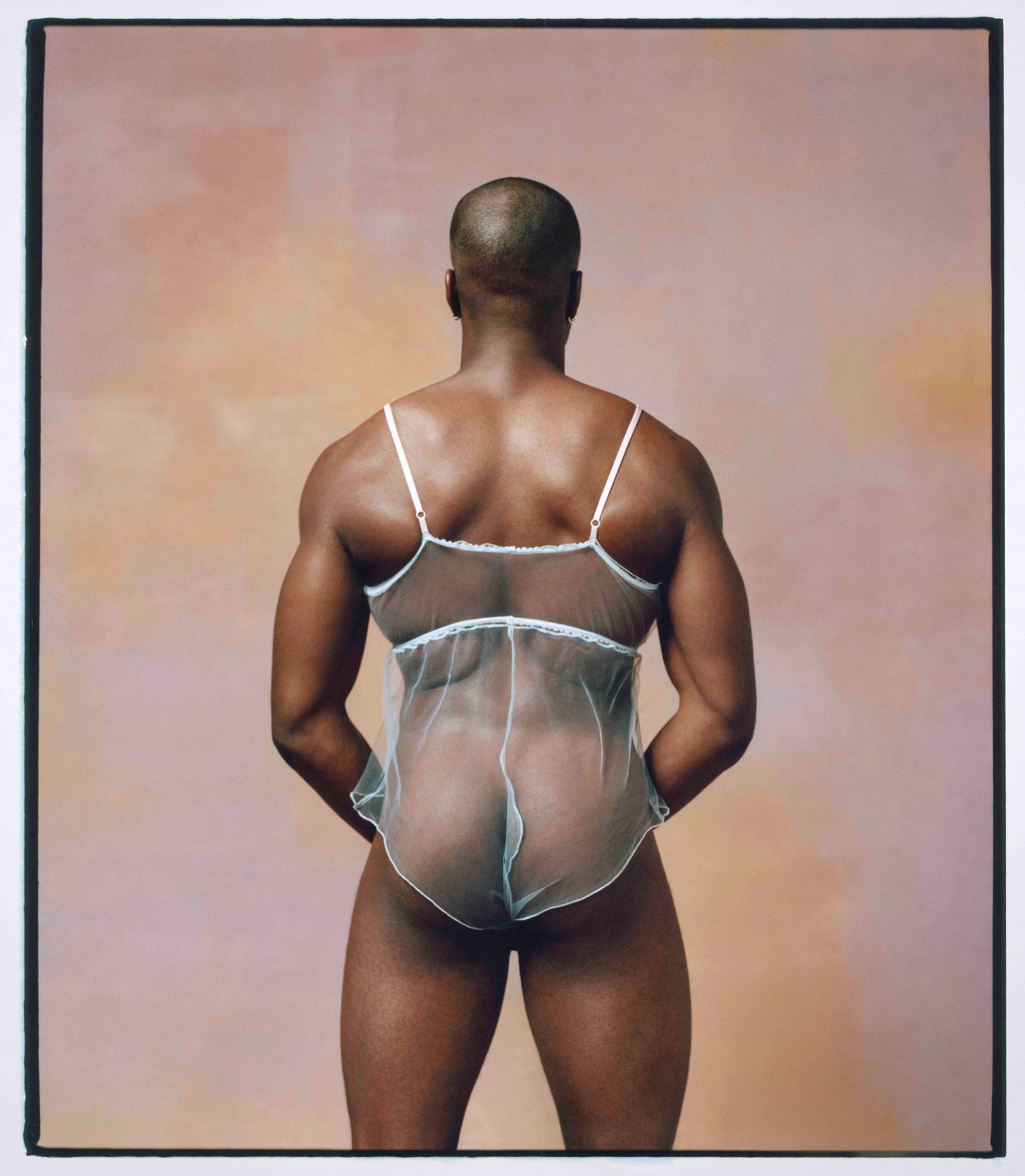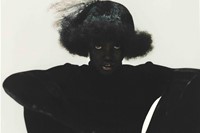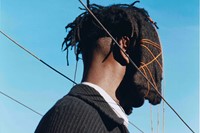Looking backwards and forwards at once, the Sankofa bird from Ghanaian mythology maintains an equilibrium between past, present and future. The twist of a neck, the look over a shoulder, the wringing-out and stretching of a gaze that comes to embrace and carry you along into its next adventures, always turning back towards the future. Small interventions with radical intentions, taking cue, British-Ghanaian photographer Campbell Addy takes a similarly intersectional approach to time, speaking with Gagosian director, curator and editor Antwaun Sargent (The New Black Vanguard) on the occasion of his first monograph; Feeling Seen, forthcoming from Prestel in April 2022, a self-described ‘Pandora’s Box’.
An intimate collection of iconic images of artists like Tyler, the Creator, FKA twigs and Kelsey Lu, with unpublished personal work from travels in Ghana, written contributions from mavericks like Naomi Campbell, Nadine Ijewere, Tyler Mitchell, and Virginie de Pinto Moreira, conversations with Ekow Eshun, love letters to photography trailblazers James Barnor and Ajamu X, the book documents the process of becoming visible; to yourself, to your peers, to the industry. Driven by a desire to smooth the path for the next generation of creatives and makers, this monograph shares Campbell’s journey and practice thus far, and was made for others that might be looking for a way forward.
In the following conversation, Addy and Sargent acknowledge and honour the work being done by him and his contemporaries on a global scale to create the touchstones that they yearned for growing up, together building an archive with an ongoing, visible narrative that testifies: I exist, you exist, we exist. For Addy and Sargent, shared power is more exciting – that’s where the real fun begins.
Antwaun Sargent: I remember a conversation we had maybe a month after you graduated. You’d gone to the library and were thinking, ‘where are the books from Black photographers who could help guide, be a point of inspiration, or just be seen so you could know that this was possible?’ What I love about Feeling Seen and The New Black Vanguard – the book we did together – and Niijournal, is that collectively we’re banding together from our different points of view to make that archive. So that one day in the future, or even now, photography students or Black folks who are interested in photography know that it is possible because there are books, magazines and exhibitions that feature not just historical work, but the work of contemporary photographers and makers doing it now. These publications are testaments to the work we’re all doing in our own ways to create an easier passage for the next generation.
Campbell Addy: That’s why I called the book Feeling Seen. It’s a culmination of all the work I’ve done thus far. I had to ask myself, ‘what have I been trying to do?’ I’ve been trying to be visible. Visibility can break down so many insecurities when someone wants to do something that’s outside of their environment. Growing up I didn’t see any Black photographers or anyone doing art professionally. Feeling Seen is a bookend to my exploration phase of feeling seen and saying it’s possible.
Having people like Naomi Campbell and Gabriella Karefa-Johnson talking about how they feel seen in their fields was also important. I’m a child raised by a village, I didn’t want the book to be just about me. Feeling Seen is a community thing. We’ve all been adding to the zeitgeist; to the archive.
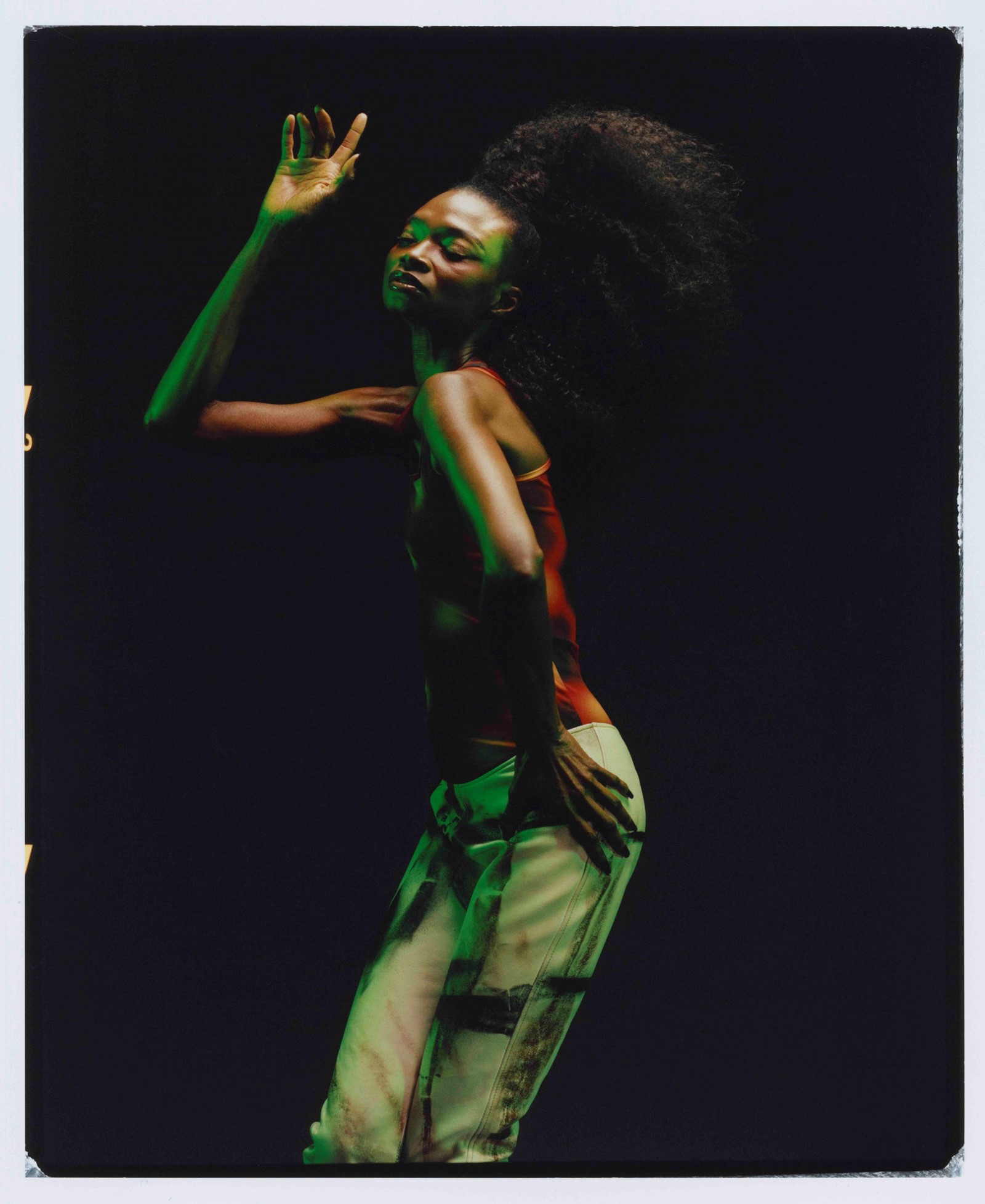

AS: The book feels like a photograph in the way it’s made. You have everyone’s perspectives; stylists, photographers, models, musicians and artists like Kelsey Lu and Tyler, the Creator, then editors like Edward Enninful who publish these images. Your book gives voice to the total ecosystem and remembers the image as a construction by a community.
CA: I’ve tried to keep that sensitivity throughout the book, such as using people’s names as captions. These are my projections and ideas, but the people I photograph also exist outside of the 1/25 seconds I took the photo [in]. Yes, it’s my book, but you’ve also got James Corbin and Jodie Turner-Smith in here.
AS: That act of naming is so powerful. It goes to the core of the notion of being seen. How did you come to this as the framework for your first book?
CA: Weirdly, the title came straight away. I wanted to treat this as ‘Campbell’s Pandora’s box’. I wanted to be as narcissistic but also open as possible about my first six years as a working artist so I went through everything; A-Level until 2021. It was exhausting because early work felt naff, but there’s been so much growth and change. 16-year-old me would have loved to see a young working Black man being vulnerable in his growth. So the book includes Niijournal excerpts, childhood photos, and letters to people I wish I’d known earlier, but get to know now. If someone picks up this little object, they can see who I am now at 28, and understand that it’s been a journey.
“Artists like Campbell [Addy], Tyler [Mitchell] and Nadine [Ijewere] are affecting the way that culture is seeing Blackness. They’re leading the conversation; making global movements, re-energising and rethinking the possibilities of the image“ – Antwaun Sargent
AS: It’s courageous to make your first book a journey of how you came to be the artist that you are. That includes timeless, iconic images; published stories, ’jobs’ and fashion commissions, but also personal work and experiments. I also love that you’re thinking intensely about the next generation. In the book, you write a letter to James Barnor, a fellow Ghanaian photographer and path-breaking image-maker. Why was it important to not only hold a contemporary space but also look back as you’re looking forward?
CA: I have a fixation with time and I believe that information is integral to the Black community. As this conversation shows, it’s these subtle exchanges of information that make us greater and better. Discovering Ajamu and James Barnor – the grandfather of photography to me – and getting to know them, I’m digesting their history as much as possible, and sharing it in the most respectful way, because without people like them, the idea that people like me could be a photographer wouldn’t exist in people’s minds.
James and Ajamu implored me with such passion to do the book; their humility makes me so emotional. James should have been my first reference – an incredible Ghanaian photographer from my home country, my father’s tribe, working since before Ghanaian independence. There’s no way I could do my first book without acknowledging how integral it was that James was here, taking pictures in the 1940s, 50s, 60s. I’ll always be talking about these photographers because I’m now able to make a living from it at 28. There are young kids who may not know James, but know me, who will now know James. It will give them more of a route.
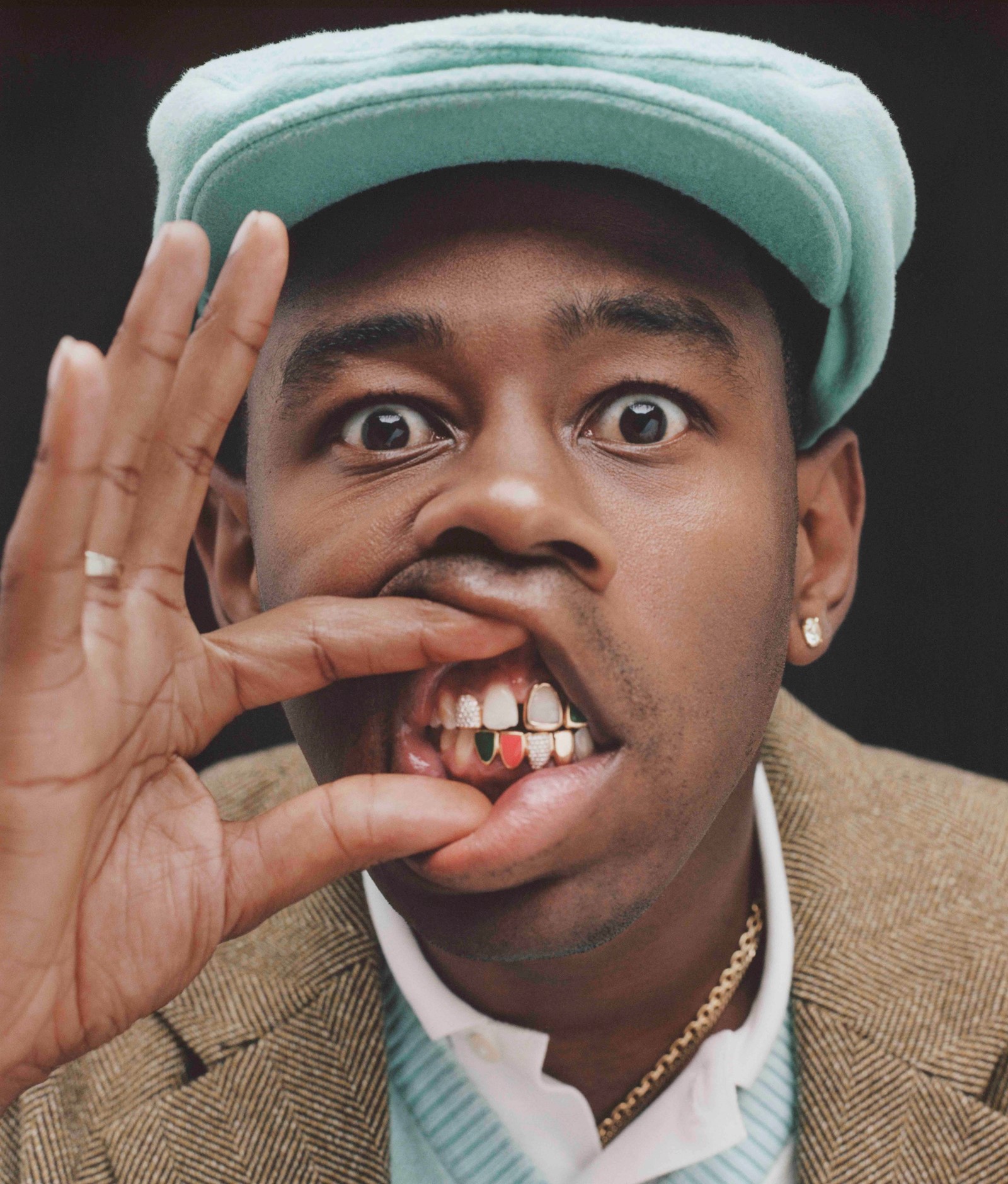
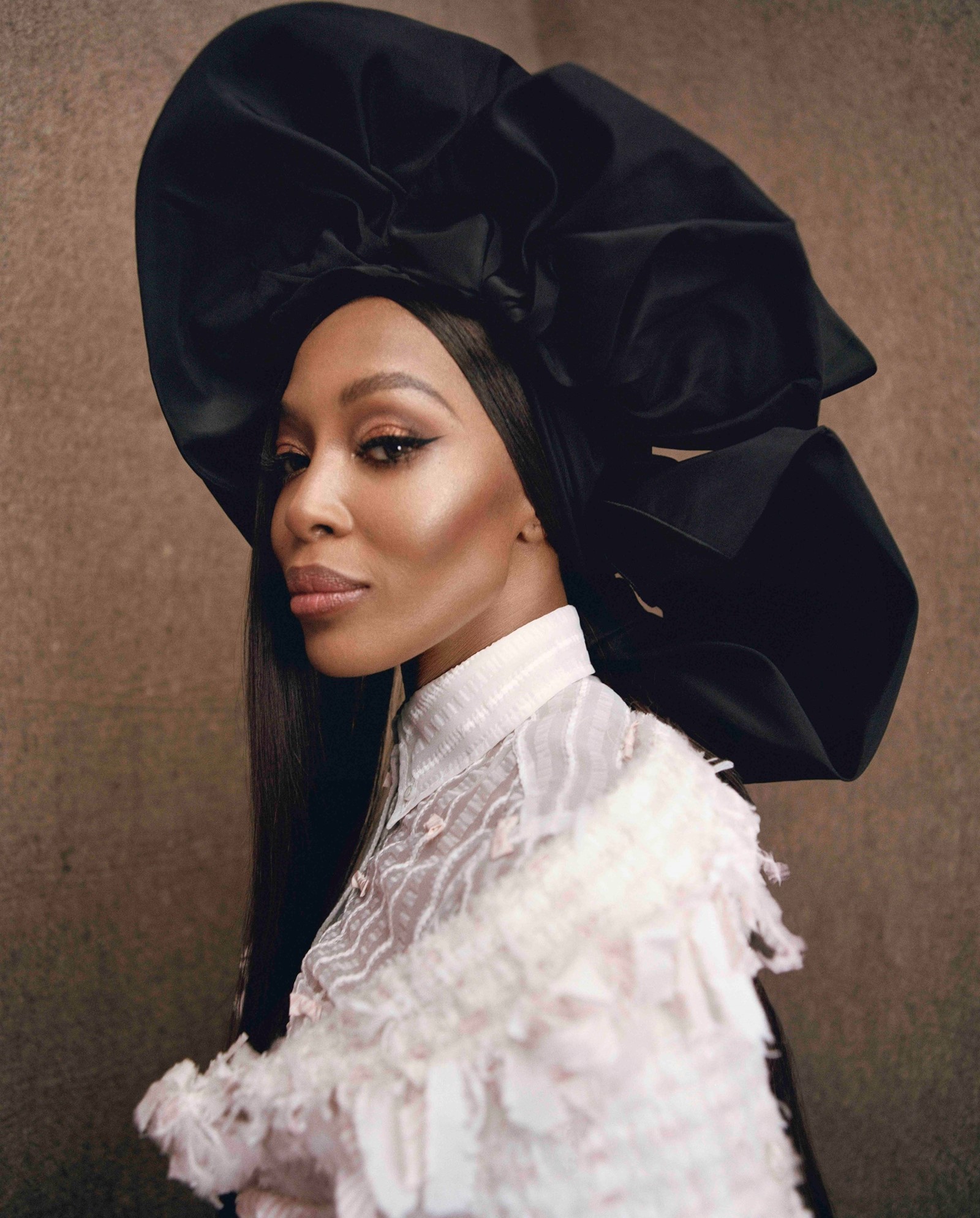
Tamar Clarke-Brown: Continuity seems crucial for both of you.
AS: Yes, and similarly, we had to do The New Black Vanguard now. People say it was radical to do a book of photographers in their twenties, but it’s not. Artists like Campbell [Addy], Tyler [Mitchell] and Nadine [Ijewere] are affecting the way that culture is seeing Blackness. They’re leading the conversation; making global movements, re-energising, and rethinking the possibilities of the image.
We’re also expanding the conversation through the book’s travelling exhibition; a living salon-style wall that includes images from other photographers coming up and into their own. It’s about honouring and extending the work that Campbell and others are doing in creating touchstones for our community, and showing people they’re not alone.
CA: It’s a very weird moment in history and energy. It used to be: if you can’t beat them, join them. Now it’s: If you can’t beat them, it’s OK sis, we’re going to build our own communities and our own spaces. It’s a blessing and a curse to be Black in this era because tradition doesn’t fall onto us in the same way. We’re not going to feed into a system that doesn’t feed into us.
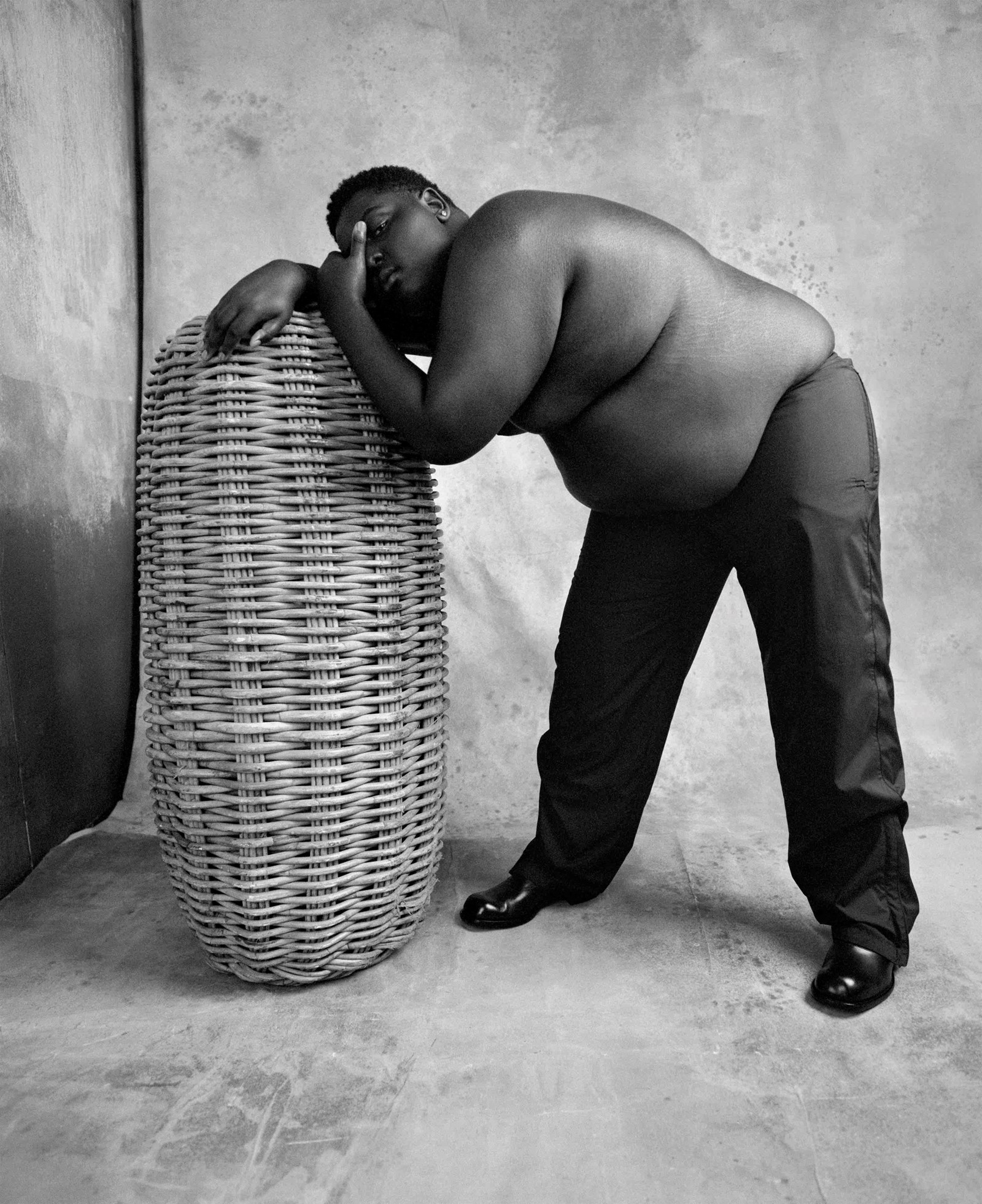
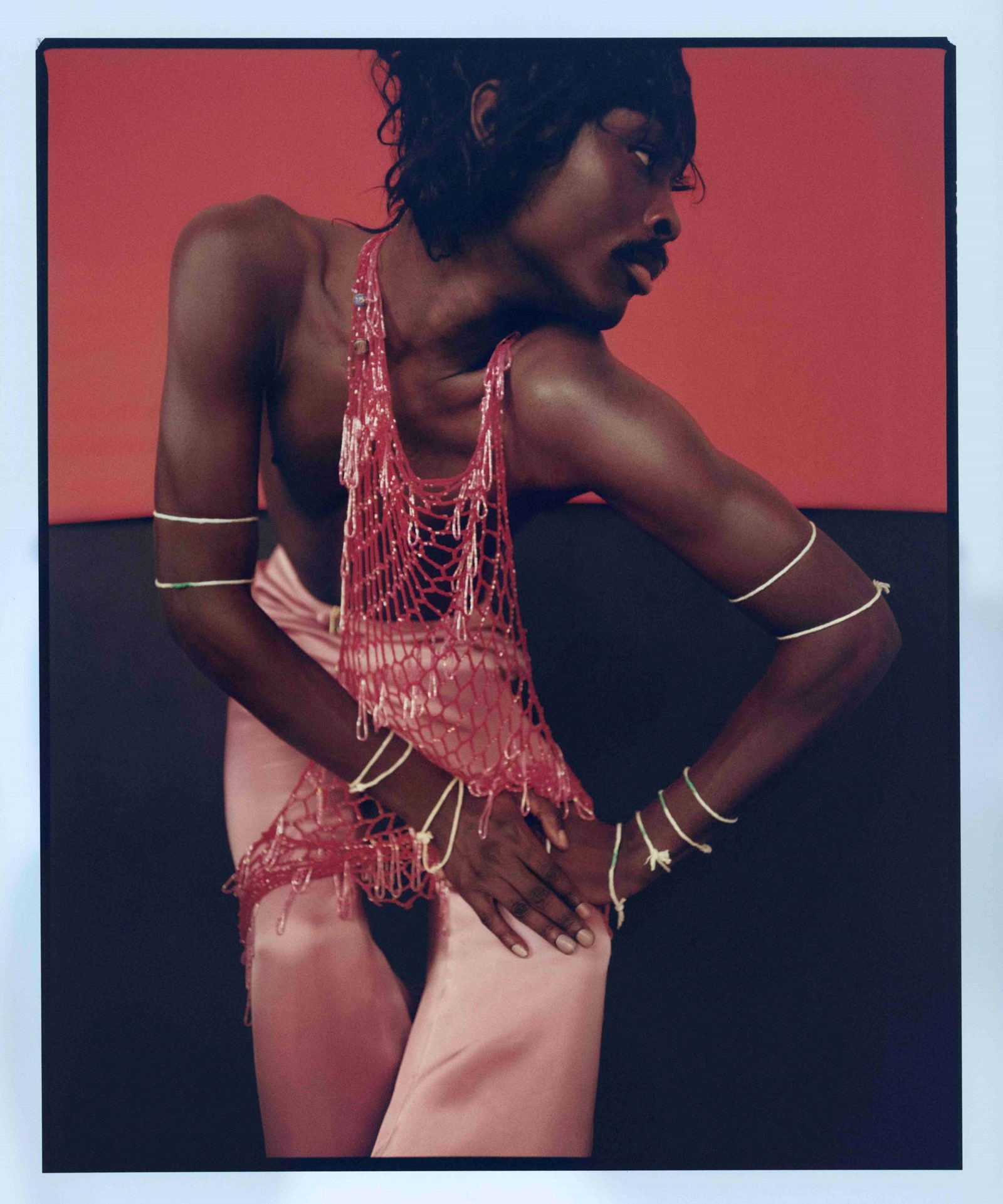
TCB: What are your hopes for Feeling Seen in relation to world-building?
CA: It sounds like a Disney movie, but I want whoever holds this book in their hands to understand that anything’s possible. I want to plant the seed that it’s OK to be yourself and for the next generation to have a sense of self that’s reflected in whatever they’re interested in; cinema, music, film, writing. Black people have overcome so many things and we’re coming through such a renaissance of our spirituality. We’re all tied into this consciousness of Black greatness. It’s just about being in tune with that seed. To feel seen, open the book. I hope you can see yourself, and if you can’t, create your own.
AS: The message is; take pride in the diversity of your community and demand that that is reflected back in the world. We’re doing it for our community, and you should too because we need every community represented.
The other message is: we can also be the archetypes of beauty and universal symbols of desire. We have to continue pushing back against the notion that whiteness is the universal standard for everything. Walking down the street, we knew that beauty was a more expanded thing, but we didn’t have the images, the books, the evidence. Campbell and his cohort are creating the evidence, making the alternative image, and the world is changing because of the insistence of these incredible artists.
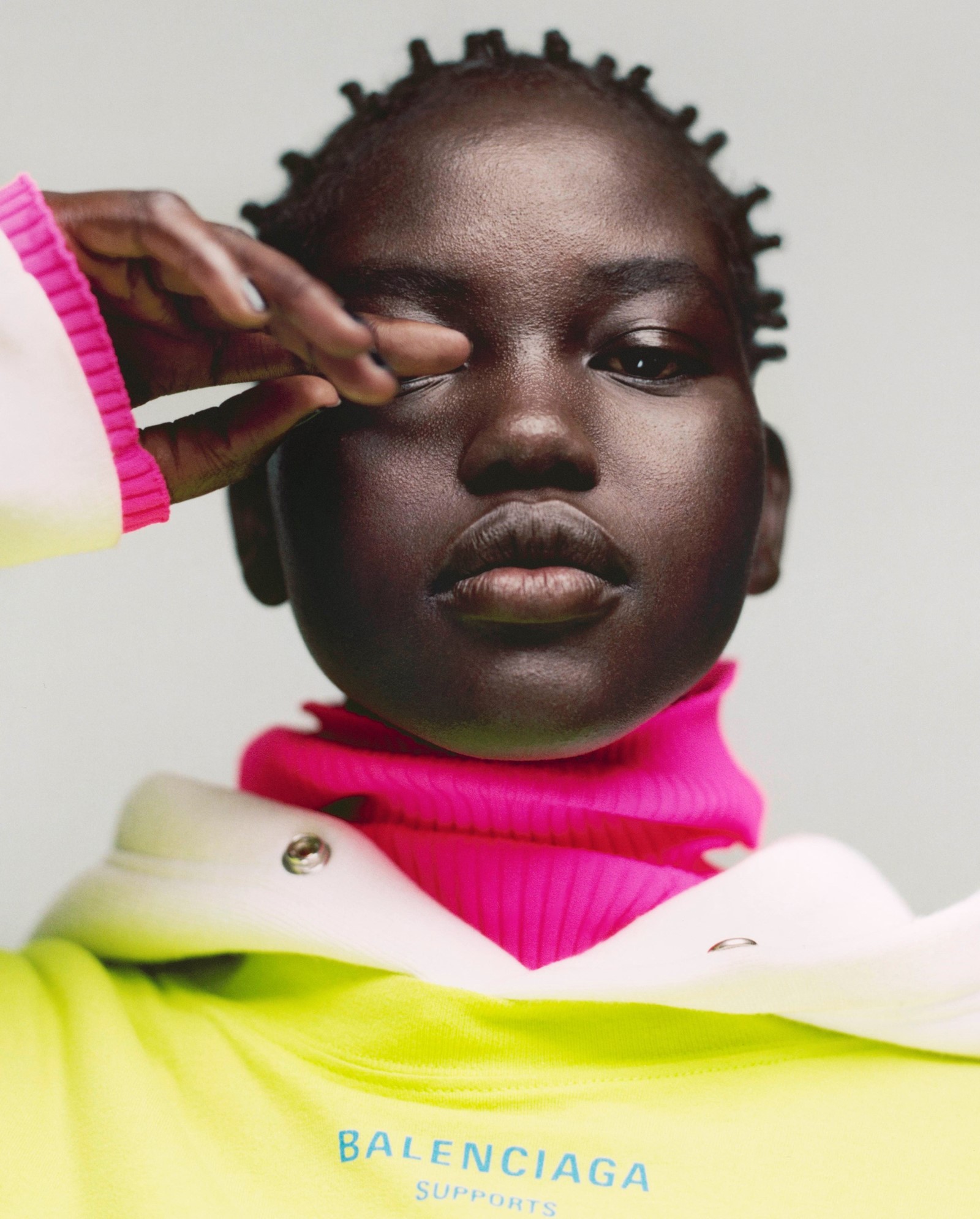
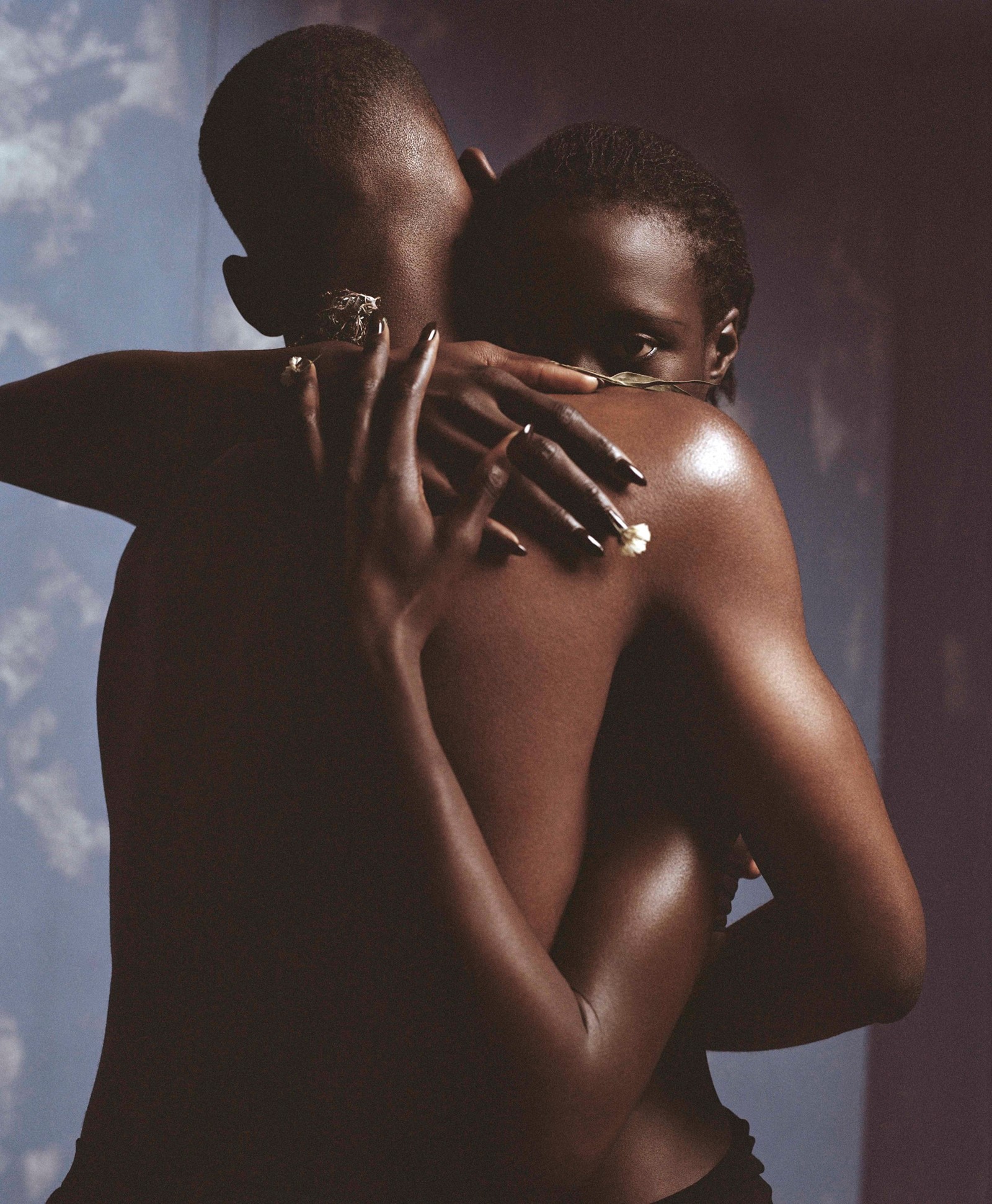
TCB: There’s a beautiful conversation with Ekow Eshun in Feeling Seen about the transformational moment of being trusted with your own vision. You say, ‘Slowly, the sea level is dropping and we can see our glory.’
AS: You’re already seeing what feeling seen does. Hundreds of thousands of people have seen The New Black Vanguard exhibition. People are seeing, dealing with, and really considering these images in their time. Campbell’s book will be a launching pad for other people to do a book, for it to become second nature. We want to create a chain reaction. Everyone should be creating their book. Everyone should be putting their perspectives out there because that’s what we mean by diversity. We want it all seen. That’s the true mark of a real shift.
CA: I can’t shake this feeling of changing energy. In the next ten years, we’re going to move so fast. The growth is going to be insane – I can’t wait. And it’s beyond just our fields. In terms of government, how Ghana has changed in the last decade still blows my mind. I’ve been in such angst for six years, now I just want to have fun with it. We’re all so shockingly, amazingly different. I can’t wait for us all to have books. They’ve tried to leave Black people out of history’s images, but the more of us creating those images, the more colourful, vibrant and informative our history is. Shared power is more exciting.
In reality, we all have little limitations on ourselves. But if I had seen more variations of myself younger, if I knew the world was my oyster, would my work look different? Would I even be a photographer? I want to keep pushing that narrative. That little ‘I can do it’ is all. Once that’s done, you’ve won – it’s game over. The last ten years was issue zero: ‘hello, we’re here.’ [Now] issue one is: ‘just keep working.’
Feeling Seen will be published in April 2022 by Prestel.
Tamar Clarke-Brown is an artist, writer and curator (Commissions), Arts Technologies, Serpentine, working on projects that centre on storytelling, mythologies and worldbuilding practices, with a focus on marginalised voices.
